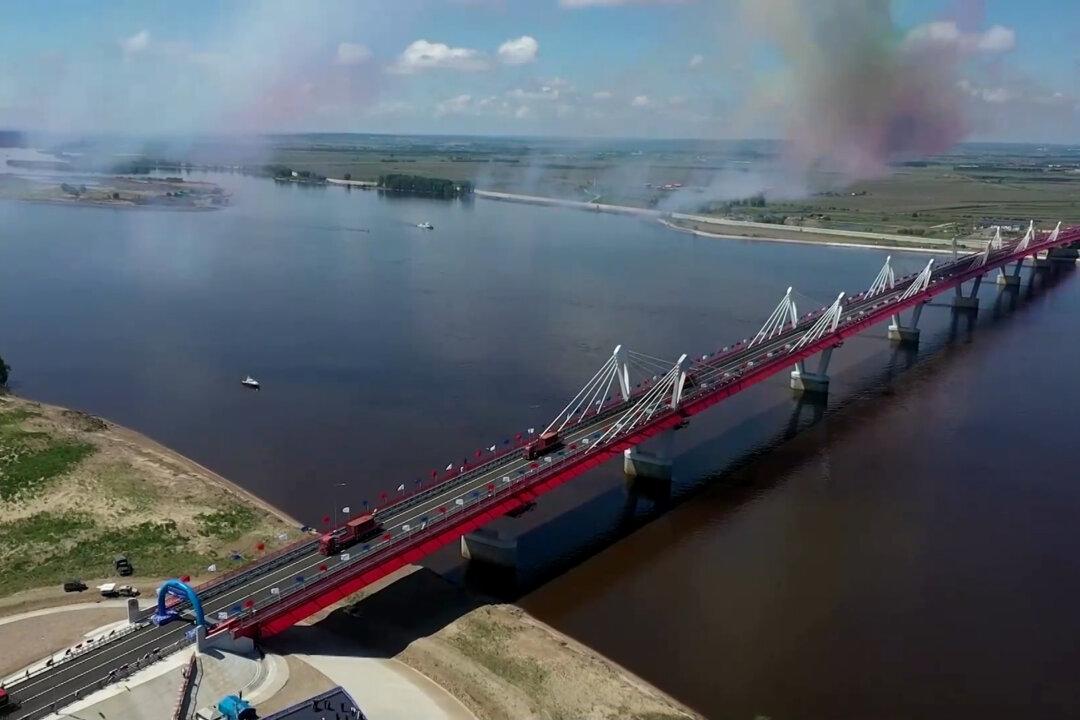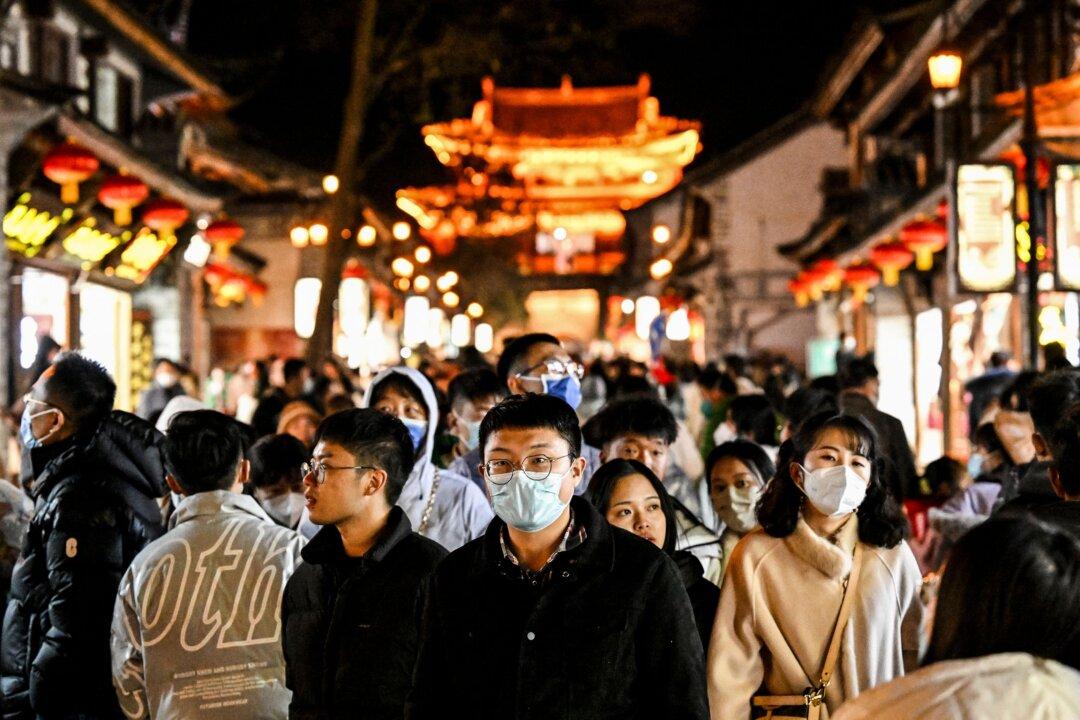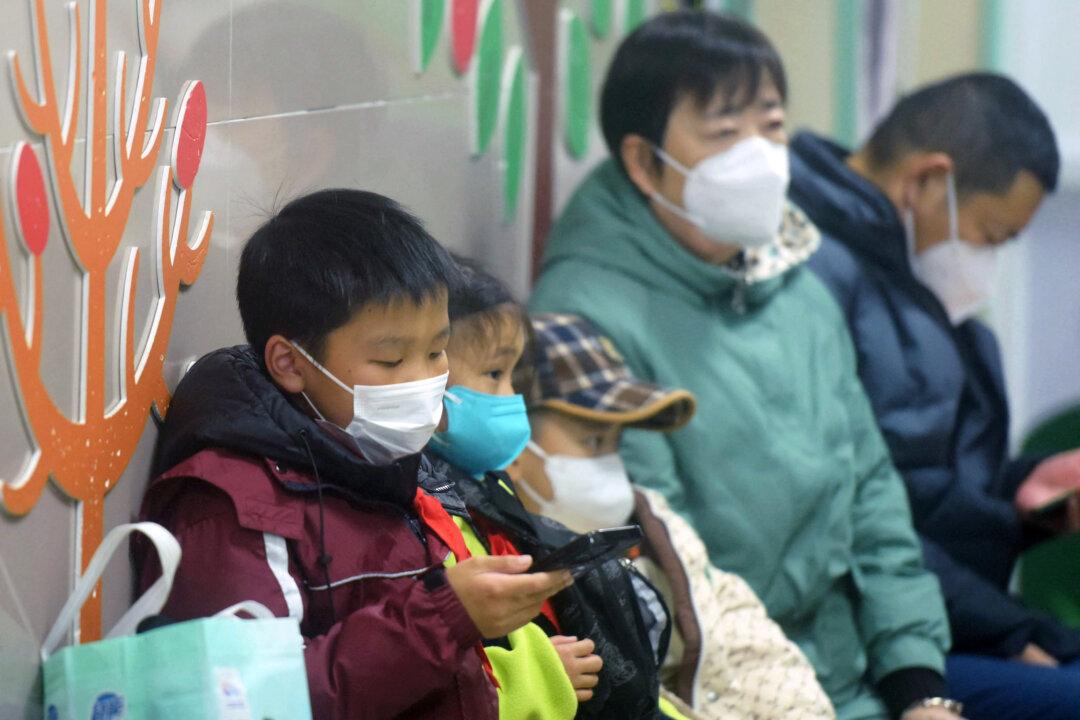The BBC and the Associated Press (AP) recently reported that Chinese authorities prevented their journalists from visiting mineshafts and bat caves in China’s Yunnan Province, where a team of Chinese scientists conducted research on the source of the CCP virus, which sparked the COVID-19 pandemic.
Meanwhile, the World Health Organization will send a team of scientists to China this month to investigate the origin of the CCP (Chinese Communist Party) virus, known by the scientific name SARS-CoV-2. But the international community has questioned WHO’s role in enabling the Chinese regime to conceal the spread of the virus in the early stages of the outbreak.




